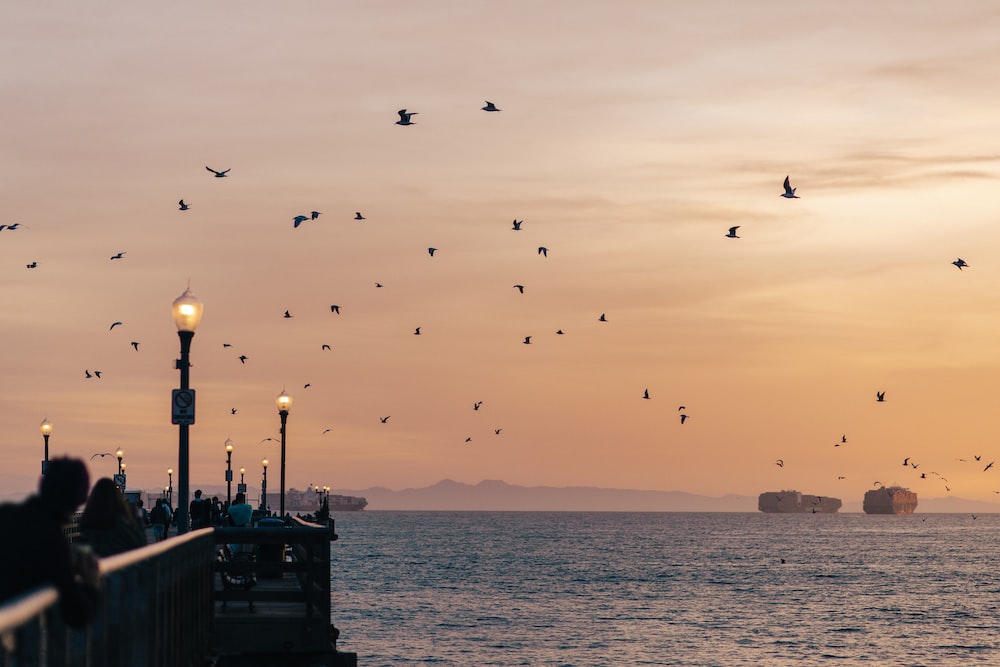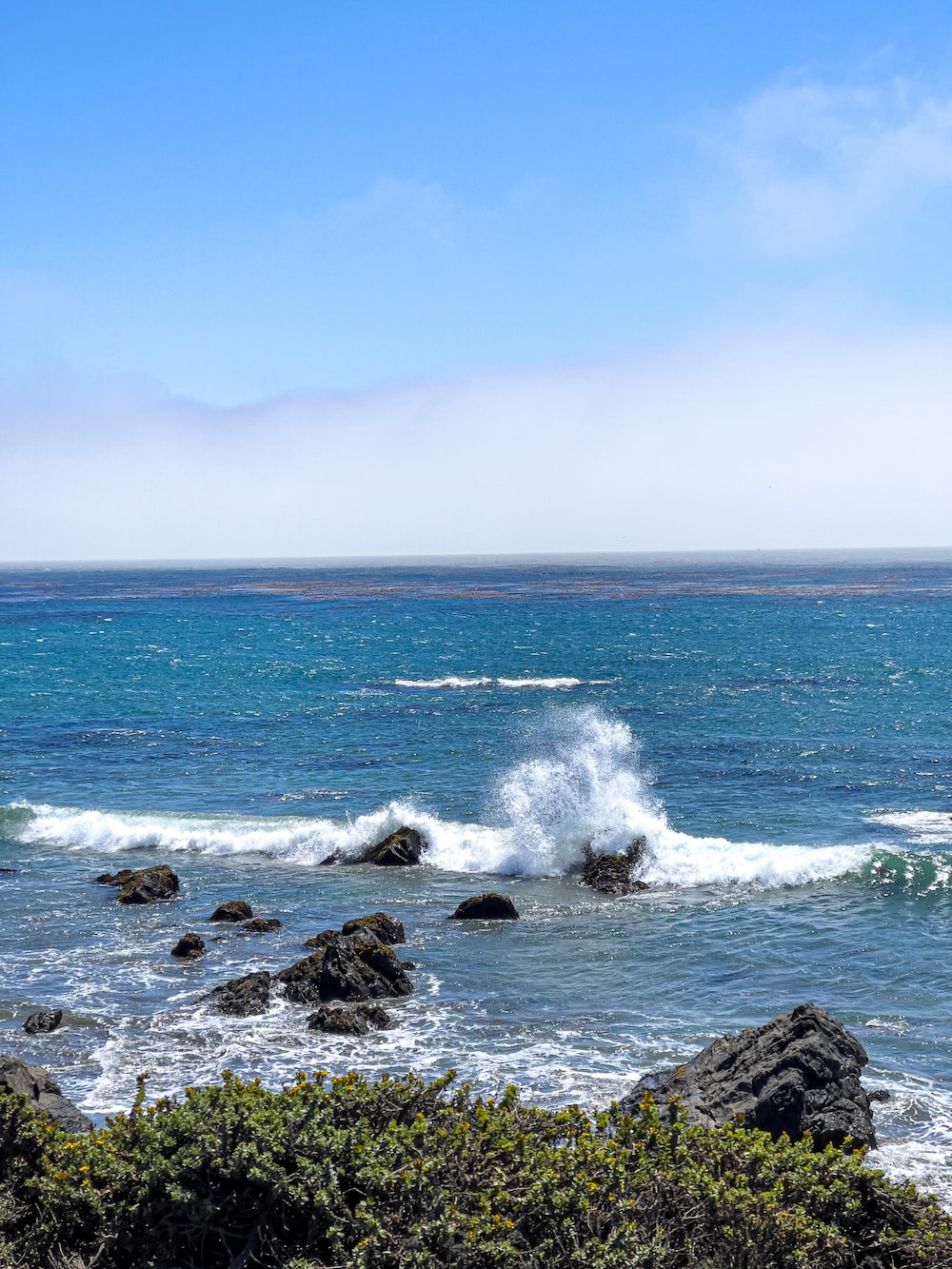Seals are one of the most captivating animals in nature. From their playful antics to their graceful movements, watching seals is sure to be a mesmerizing experience. Discover the fascinating creatures without leaving your home by learning about their behavior, habitat, and more. With an increased understanding of the amazing mammals, you can appreciate the beauty of seals anytime.
Learn About Seals
Get to know seals better by reading up on their habits and environment. Take a virtual tour of the oceans and see what makes them so special. You can also learn about the unique adaptations that help them survive in their natural habitats.
Discover the Seals’ World
Explore the world of seals with documentaries and interactive activities. Learn about their ecology and the threats they face in the wild. Discover what makes each species unique and why they are so important to the global ecosystem.
Appreciate Seals from Anywhere
Enjoy the beauty of seals from the comfort of your own home. Whether you’re looking for educational materials or simply want to appreciate their grace, there are plenty of ways to explore the world of seals without ever leaving your home.
Discover the best time of day for spotting seals. Seals are most active at dawn and dusk, when they hunt for food and spend time playing in the surf. Learn more about these remarkable creatures and the optimal times to view them in their natural habitat.
Best Locations to See Seals
The best locations to view seals are the coasts of the United States, Canada, and Europe. The seal populations in these areas are abundant and provide a unique opportunity to observe them in their natural habitat. Popular spots to observe seals include beaches in California, Massachusetts, and Washington; Canada’s Atlantic coast; and the European coasts of Scotland and Ireland. From the shore you can often spot gray, harbor, and harp seals.
Best Weather Conditions for Seal Sightings

The best weather conditions for seal sightings are typically during the summer months, when the air is warm and the waters are clear. Seals tend to congregate in areas with plenty of food sources and mild temperatures. During this time, observers can spot seals from the shore or from a boat. Areas with rocky coasts, rich kelp forests and a variety of marine life are ideal areas to view these majestic creatures.
It is important to remember that seals are wild animals, so it is best to view them from a safe distance and respect their habitat.
Enjoy the amazing sights of seals in their natural environment!
Best Time of Year for Seal Viewing
The best time of year for seal viewing is during the winter months, when the animals are most active in coastal areas. The colder months bring more frequent sightings of seals, and provide an exciting opportunity to observe these fascinating creatures up close. Be sure to dress warmly and check the weather before heading out. Sightings of seals can be enhanced by using binoculars or a spotting scope, allowing you to see them from a safe distance.
With the right timing and preparation, you can experience the beauty of wildlife with a thrilling seal viewing adventure.
Enjoy the wonders of nature!
Best Times of Day for Seal Spotting
 The best times of day for seal spotting are typically during the early morning or late evening when the light is low and the animals are more active. It’s a great way to watch these fascinating creatures in their natural environment. Pack binoculars and warm clothing, as temperatures can drop quickly at night. Be sure to maintain a safe distance from seals and other wildlife to keep them safe.
The best times of day for seal spotting are typically during the early morning or late evening when the light is low and the animals are more active. It’s a great way to watch these fascinating creatures in their natural environment. Pack binoculars and warm clothing, as temperatures can drop quickly at night. Be sure to maintain a safe distance from seals and other wildlife to keep them safe.
Keep an eye out for any pups, as these are especially fun to watch!
Don’t forget to bring your camera to capture memories of your seal spotting adventure.
Seal Watching Safety Tips
Seal watching is an exciting activity, but it is important to take safety precautions. Make sure you are at least 50 feet away from the seals and never attempt to touch or feed them. Wear appropriate clothing and footwear for the environment. Check local tide information and weather conditions before your visit. Be aware of your surroundings and remember that seals can be both wild and unpredictable. Follow all posted signs and adhere to any restrictions in place.
Identifying Different Types of Seals

Identifying different types of seals can be a tricky task. It is important to be aware of the unique characteristics that each type of seal has, such as size, color, and shape. Additionally, you should pay attention to the habitat of the seal and what type of environment it prefers. It is also beneficial to know the diet of each type of seal. Knowing these details can help you identify the correct type of seal.
By understanding the various traits of different types of seals, you can better determine which type of seal best suits your needs.
How to Locate Seals in the Wild
Seals are an amazing species found in many parts of the world. To locate them in the wild, start by looking for areas where they may congregate near the shoreline. Look for spots with sandy or rocky areas that could provide protection from predators. You can also observe the behavior of other animals such as birds and fish to get an idea of where seals may be located. Additionally, looking for signs of seal activity like tracks or other evidence left behind can help you find them. Finally, if you’re lucky enough, you may even spot a seal in its natural habitat.
Happy seal spotting!
What to Look for When Spotting Seals

When spotting seals, it is important to look for features like fur color, size, and shape of the head. Additionally, listen for vocalizations like barks and watch for behavior such as snorting and head bobbing. Look for any signs of distress in the animal, such as disorientation or difficulty breathing. Finally, observe from a safe distance and never approach or attempt to touch a seal.
Be aware of your surroundings and any other animals that could be nearby. It is also important to respect the environment and never interfere with a seal’s habitat.
Remember to always keep safety in mind and never put yourself or the animal at risk.
Recent Posts
link to Discover the Perfect Time to Water Your Garden
It's best to water your garden in the morning, when the sun is low and the temperatures are cooler. This helps avoid evaporation and ensures that your plants get the moisture they need. Watering in...
link to 5 Tips for Watering New Sod in Florida
When it comes to watering new sod in Florida, the best time to do so is early in the morning or late in the evening when temperatures are cooler and the sun is less intense. This helps reduce water...
Recent Posts
It's best to water your garden in the morning, when the sun is low and the temperatures are cooler. This helps avoid evaporation and ensures that your plants get the moisture they need. Watering in...
When it comes to watering new sod in Florida, the best time to do so is early in the morning or late in the evening when temperatures are cooler and the sun is less intense. This helps reduce water...
